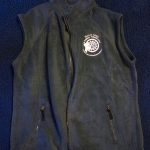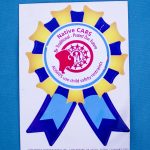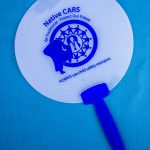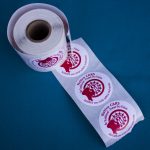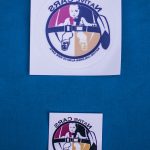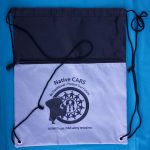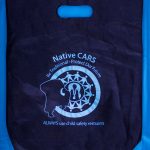You need a group with a broad range of skills and abilities—because you’re going to need to accomplish a broad range of tasks and goals. The more diverse your group is—in terms of political stances, careers, and incomes—the stronger your team will be.
When recruiting, look for people who:
- Are able to brainstorm with a group
- Are active in the community
- Are involved in media or have media connections
- Are outgoing and have a lot of energy
- Are political movers
- Have public speaking experience
- Previously worked on car seat safety campaigns
- Work in injury prevention
A Tip from the Team
“Basically, when you are building your coalition, you look for people who are dependable. You look for those that are comfortable taking the lead when another person is gone. And you look for people that can share knowledge.”
When gathering your list of people to recruit, keep these people in mind:
- From your community:
- Car accident survivors (whether they were buckled up or not)
- Caregivers
- CHRs
- Day care workers
- Elders
- Nurses
- WIC associates
- Cultural leaders
- From your tribal programs:
- Early childhood program people
- Tribal Council members
- TANF employees
- Fish and wildlife employees
- Health education professionals
- Head Start employees
- Police officers
- Emergency Medical Service (EMS) workers
- From your schools:
- Teachers
- Principals
- Nurses
Gathering a diverse team will make your coalition sustainable and powerful.
Schedule an Interest Meeting
In order to recruit coalition members, you can schedule a meeting for anyone that might be interested. At the meeting, explain the goals and time commitments of the coalition, and gauge the interest of community members. This is an opportunity for both you and the potential members to see if the coalition is a good fit for them.
You will want to hold the interest meeting, and all future coalition meetings, in a neutral, public setting. When you meet at a community center or local library, it’s a place where you can present people with new information in an environment where they’re willing to listen and even change their way of thinking.
Make Sure to Advertise!
In order to get a broad group together, you will have to advertise your interest meeting as widely as you can.
You can advertise the interest meeting:
- At parent conferences
- During back-to-school fairs
- During health and safety fairs
- On Facebook and other social media
- On the Tribal website
- Through newsletters, posters, and flyers
- By calling up key people and inviting them
A Tip from the Team
“When you tell people about the interest meeting, use the phrase “safety team” instead of “coalition.” “Safety team” is more understandable and not as intimidating.”
Make sure that when you tell people about the interest meeting, you explain exactly what will happen there. It will make them more comfortable, because they will know what to exactly what to expect.
At the Initial Interest Meeting, Make Sure to Explain Why Joining Would Benefit Participants
In the initial interest meeting, the most important thing you need to communicate is the list of benefits of joining the coalition.
These benefits might include:
- Being a part of saving kids’ lives, or preventing them from serious injuries.
- Increasing networking opportunities.
- Getting training on child car seat safety.
- Learning about becoming a child passenger safety technician.
- Learning more about different tribal and community programs.
- Being able to provide resources to others.
- Increasing community involvement.
- Learning how to refer people to other agencies.
- Building your résumé.
Our Sample First Meeting Agenda will help you with planning your interest meeting. You can download that agenda, here.
In the interest meeting, you should:
- Go through introductions.
- Distribute volunteer packets.
- Explain the goals for the campaign.
- Talk about the overall time frame for the campaign.
- Gauge the interest of attendees.
- Get a signed commitment form from potential coalition members.
- Set expectations for meetings times and dates.
- Study group dynamics and see how the group works together.
- Create a task list so members have something to work on before the next meeting.


